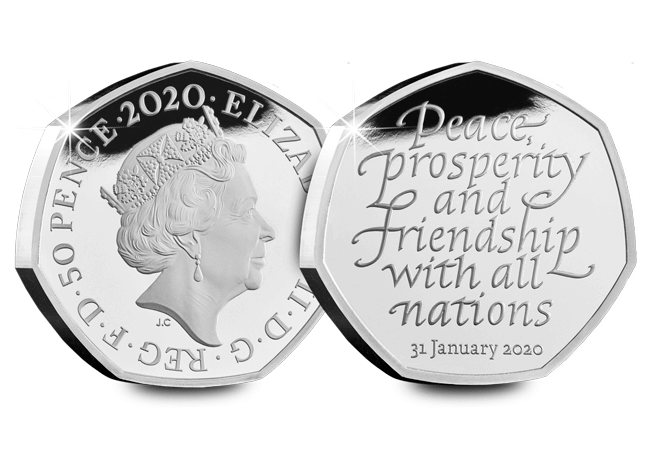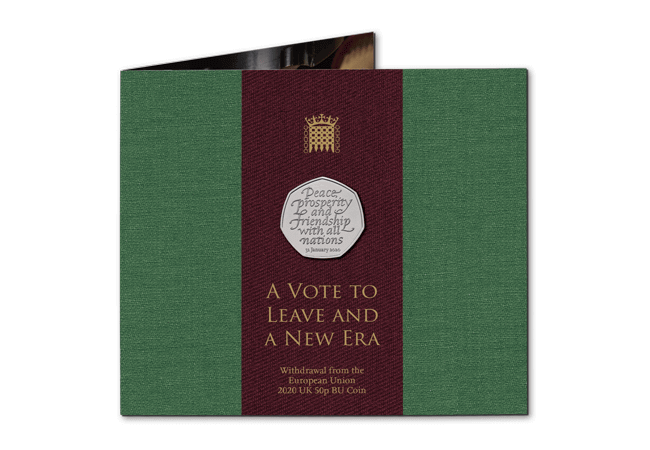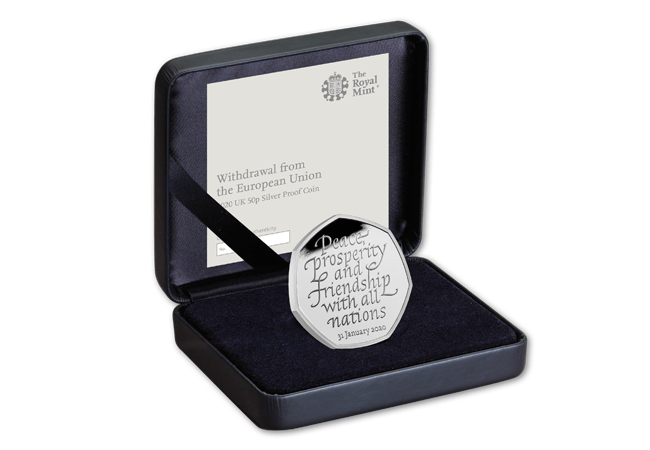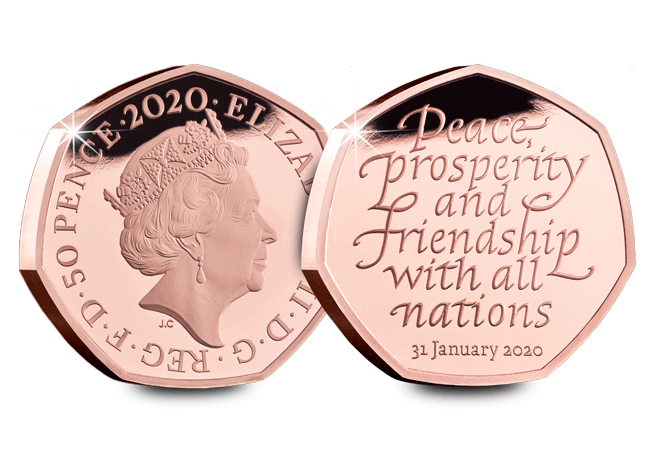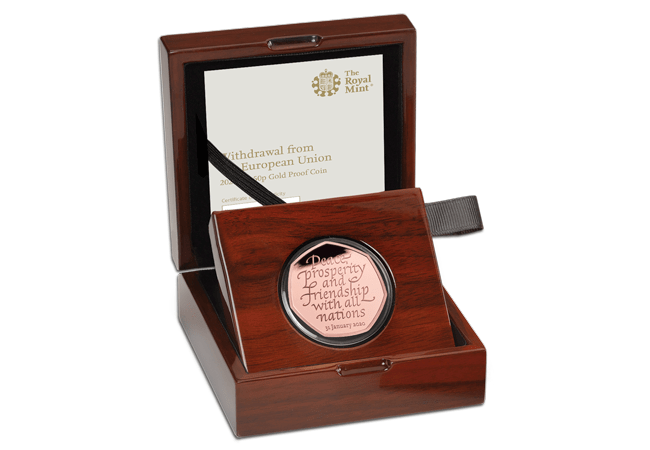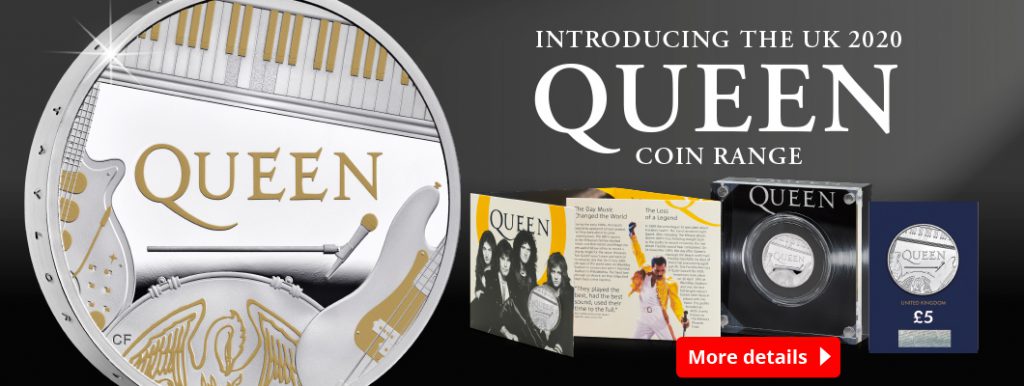Posts Tagged ‘Coins’
First Look: UK’s First Dinosaur 50ps revealed
Join Adam and Alex in our latest video to find out everything you need to know about the UK’s FIRST Dinosaur 50ps that have just been released by The Royal Mint…
If you’re interested
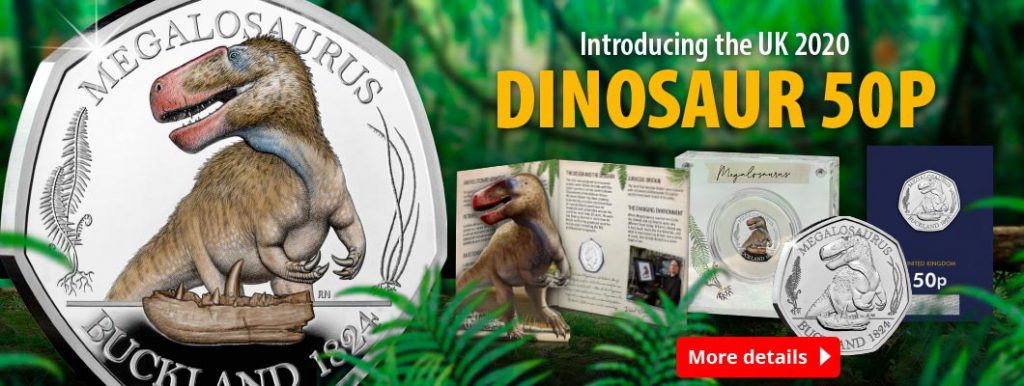
> (opens in a new tab)”>Click here to shop the collection >>
The most anticipated coin of the decade – the official UK Brexit 50p
It’s a coin story the UK, if not the world, has been watching now for several years. And finally we have reached its conclusion, as today the UK withdraws from the European Union. To mark the occasion a brand new official UK 50p has been released.
Plans to release special Brexit coins were first announced by former chancellor Philip Hammond in 2018. Years in the making, I suspect this will be one of the most eagerly anticipated issues we’ve ever seen – it’s surely the coin of the decade!
Regardless of how you voted back in the historic referendum in 2016, it goes without saying that the 31st January 2020 will go down as one of the most significant dates in the UK’s history. This new coin is both marking this important moment in time and acts as a symbol of the UK’s future.
The new 50p coin has been struck to a variety of specifications. Each one features the inscription “Peace, prosperity and friendship with all nations”, as well as the withdrawal date.
A 50p coin was struck when the UK joined the European Economic Community in 1973 and when the UK held the presidency of the EU in 1998. So it only seems fitting one is released to mark the UK’s departure from the EU. And by marking such a pivotal event in our history, this coin is certain to be sought-after by collectors in years to come.
Simply read on to discover how you can be one of the first UK collectors to add this brand new UK 50p to your collection…
The Official UK Brexit 50p BU Pack
To give as many collectors as possible the chance to own this highly sought-after coin, The Royal Mint has issued it in Brilliant Uncirculated quality. This finish is coveted by collectors as it means each coin is free from any marks you would find on circulated coins.
Each coin is protectively encapsulated in its attractive original Royal Mint packaging to preserve its quality for generations to come. What’s more, you can secure this BU Pack at the Royal Mint issue price of just £10 (+p&p).
Click here to find out more >>
Limited Edition Silver Proof Brexit 50p
Whilst thousands, if not millions of these new coins will be struck, you can choose to own the official Withdrawal from the EU 50p coin in a far more limited way.
Just 47,000 coins have been issued worldwide in a superior specification, struck from .925 Sterling Silver to a Proof finish. Given how popular commemorative 50ps are, this exclusive precious metal version is sure to be an even bigger hit.
What’s more, there will surely not be enough coins to satisfy demand – especially if you consider that over 17 million people voted to leave the EU in the historic 2016 referendum . That’s 307 voters for every new coin issued!
You can secure one for your collection today for just £60 (+p&p) – that’s the Royal Mint issue price.
Click here to find out more >>
Extremely Rare Gold Proof Brexit 50p
Finally, the rarest version of all. Just 1,500 collectors worldwide will be able to own the Withdrawal from the EU 50p impeccably struck to the most superior specification of all, from 22 Carat Red Gold to a proof finish.
Gold Proof 50ps have some of the fastest sell-out rates around – previous issues, including the Snowman and the Gruffalo, have sold out within 24 hours of release. So this history-making issue is not expected to be available for long. You can reserve yours today with a deposit of just £99.50 (+p&p) followed by nine further interest-free instalments – clearly the most affordable way to own this superior issue.
Click here to find out more >>
Please note, collector demand is expected to be extremely high so it is advised that you act quickly to avoid disappointment.
You can view the full UK Brexit 50p range by clicking here >>
Why these WORLD FIRST Queen coins are full of numismatic firsts…
If you haven’t already heard, a brand new UK coin has just been announced by the Royal Mint, featuring one of Britain’s most iconic and influential bands, Queen!
Join Adam and Alex as they discuss everything you need to know about this exciting WORLD FIRST, which is FULL of numismatic firsts! And find out why it is a must-have coin for your collection.


